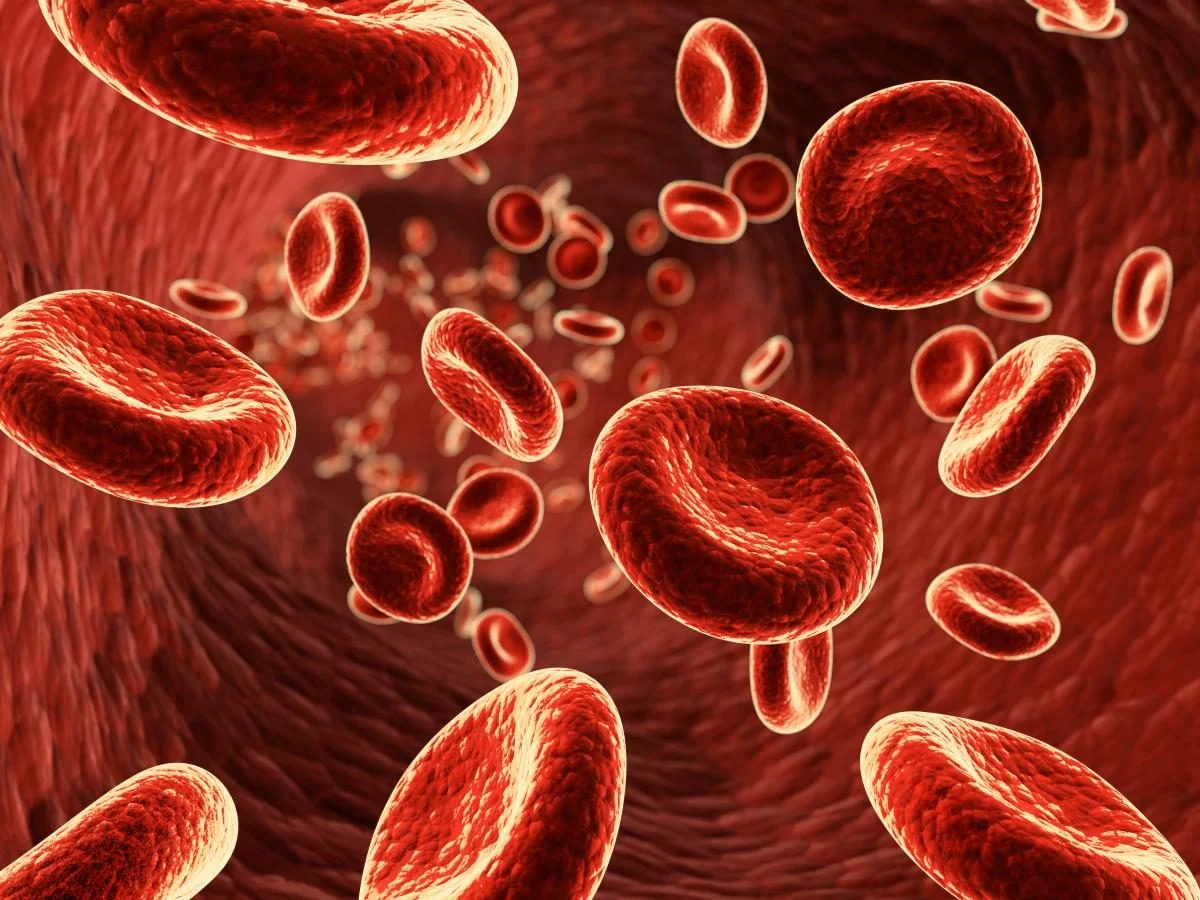
Scientists have developed the latest battery based on hemoglobin
Spanish and Argentine scientists have developed a battery that uses hemoglobin as a conductor of electrochemical reactions. This battery lasts for several weeks and can be used in implanted devices.
Hemoglobin is a protein found in blood cells (red blood cells) that performs an important function in the body: it delivers oxygen from the lungs to the tissues and takes carbon dioxide back to the lungs. Many scientists have long believed that because of its properties, hemoglobin can be used in the development of electrochemical batteries in which oxygen plays a key role.
In 2017, researchers from the University of Oxford (UK) conducted a series of experiments with hemoglobin and found that it is well suited for redox processes (or redox reactions), which transform chemical energy into electrical energy.
At the same time, some experts suggested that this vital protein could be used to create air-zinc batteries. During operation, such batteries use oxygen absorbed from the air as a cathode and zinc powder as an anode.
A group of scientists from the National University of Cordoba (Argentina) and the Polytechnic University of Cartagena (Spain) tried to bring this idea to life. And they succeeded. Chemists have developed the first biocompatible air-zinc battery, where hemoglobin is involved in the electrochemical reaction that converts chemical energy into electrical energy. It is important to note that the device is not harmful to health. The results were published in the Energy & Fuels journal.
In such a battery, the blood protein plays the role of a catalyst, it is responsible for the oxygen reduction reaction, which is a key process in electrochemical devices for energy conversion and storage. During this reaction, after air enters the battery, oxygen participates in a reaction that produces water. After that, electrons are released, which then “pass” to the zinc anode, where the zinc oxidation reaction takes place.
“For a catalyst to work well, it must have two properties: it must absorb oxygen molecules quickly and form water molecules relatively easily. Hemoglobin fully meets these requirements,” explained Manuel Luna, one of the authors of the study.
According to the scientist, the prototype battery created by his team worked with 0.165 milligrams of hemoglobin for 20-30 days. These batteries are more resistant to adverse environmental conditions than other batteries, which will allow them to be safely used in pacemakers and other implanted devices.
The researchers noted that the main disadvantage of their development is that it cannot be recharged. To eliminate this drawback, it is necessary to select another biological protein that will convert water back into oxygen, which is what scientists are currently working on. The new device can only be used in an oxygen environment; it will not work in space.

